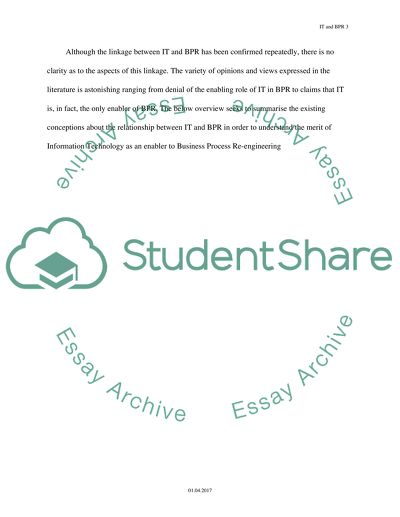Cite this document
(Information Technology and Business Process Reengineering Assignment, n.d.)
Information Technology and Business Process Reengineering Assignment. Retrieved from https://studentshare.org/information-technology/1499118-business-process-reengineering
Information Technology and Business Process Reengineering Assignment. Retrieved from https://studentshare.org/information-technology/1499118-business-process-reengineering
(Information Technology and Business Process Reengineering Assignment)
Information Technology and Business Process Reengineering Assignment. https://studentshare.org/information-technology/1499118-business-process-reengineering.
Information Technology and Business Process Reengineering Assignment. https://studentshare.org/information-technology/1499118-business-process-reengineering.
“Information Technology and Business Process Reengineering Assignment”, n.d. https://studentshare.org/information-technology/1499118-business-process-reengineering.


